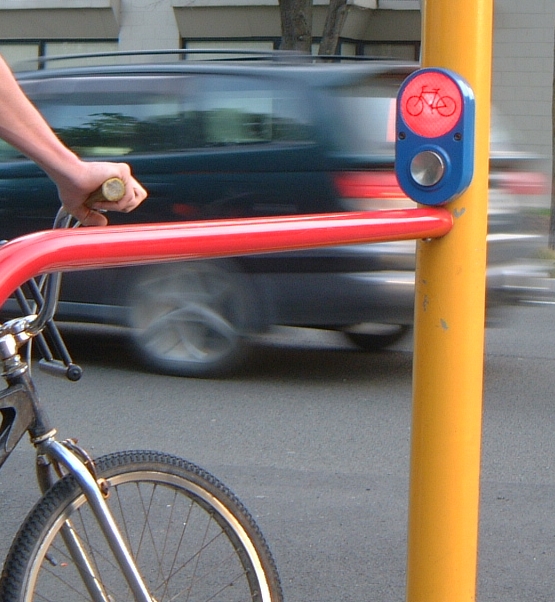 This paper, from the 2005 NZ Cycling Conference, explores how cyclists can be accommodated at signalised intersections using specific cycle facilities and creating a more cycle-friendly environment by speed control.
This paper, from the 2005 NZ Cycling Conference, explores how cyclists can be accommodated at signalised intersections using specific cycle facilities and creating a more cycle-friendly environment by speed control.
Guidance is given where cycle lanes should be placed and the exceptions to the rules are explored. Advanced Stop Lines should be the standard treatment for cycle storage at the limit line, but Advanced Stop Boxes can sometimes be more appropriate. Slip lanes and bypasses for cyclists can overcome some safety problems and increase the level of service. Experienced cyclists can most effectively be assisted with turning right by design measures on the intersection approach, whilst hook turns and special signal phases are available to support less competent cyclists.
Cycle paths are complex to integrate into the operation of signalised cross intersections. Current New Zealand practice does not appear to be supported in law and a review is suggested.

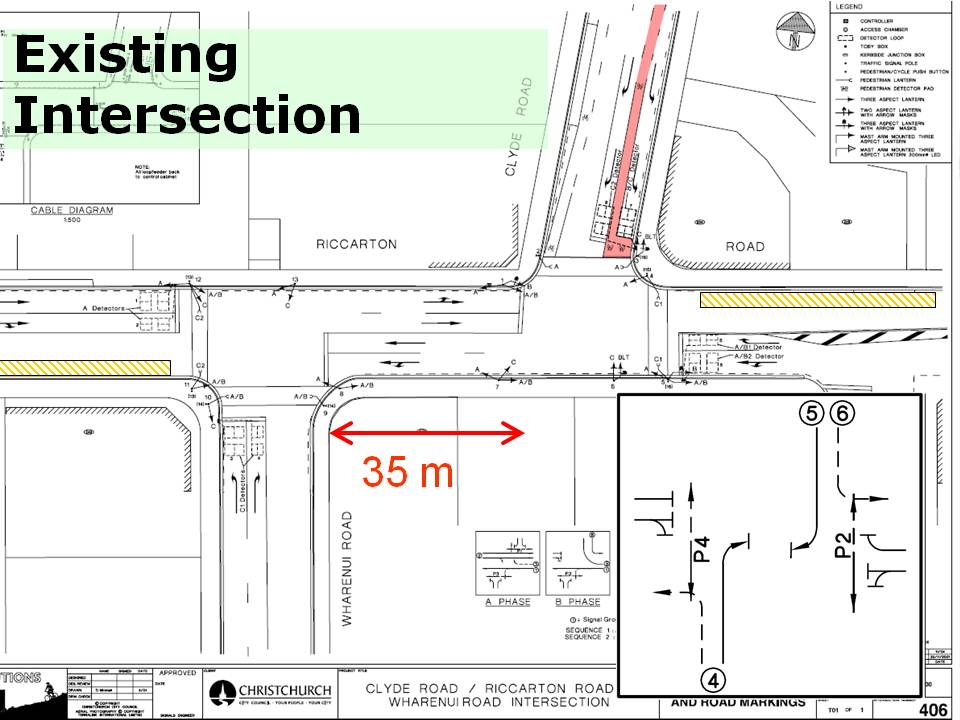 The given problem is a signalised staggered T intersection that is congested. The queue space between adjacent T intersections is filling up. There are also significant queues on the side streets.
The given problem is a signalised staggered T intersection that is congested. The queue space between adjacent T intersections is filling up. There are also significant queues on the side streets.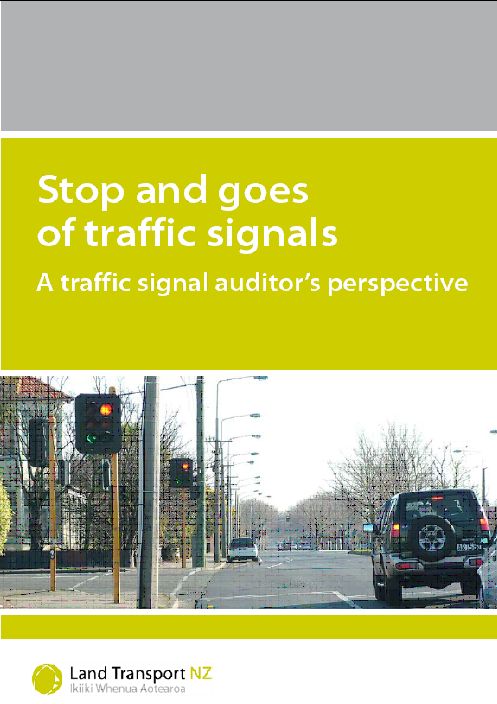 Land Transport NZ (formerly Transfund NZ) commissioned Axel Wilke to prepare this booklet. The purpose was to contribute to the objectives of the New Zealand Transport Strategy by improving the efficiency and safety of the network.
Land Transport NZ (formerly Transfund NZ) commissioned Axel Wilke to prepare this booklet. The purpose was to contribute to the objectives of the New Zealand Transport Strategy by improving the efficiency and safety of the network.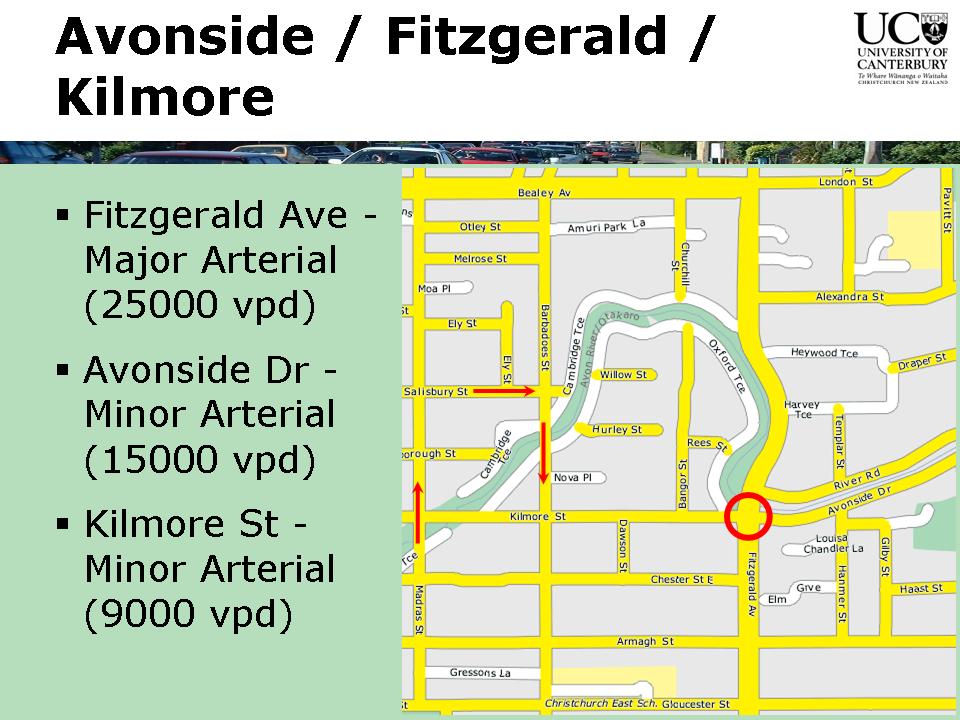 Since 2006,
Since 2006, 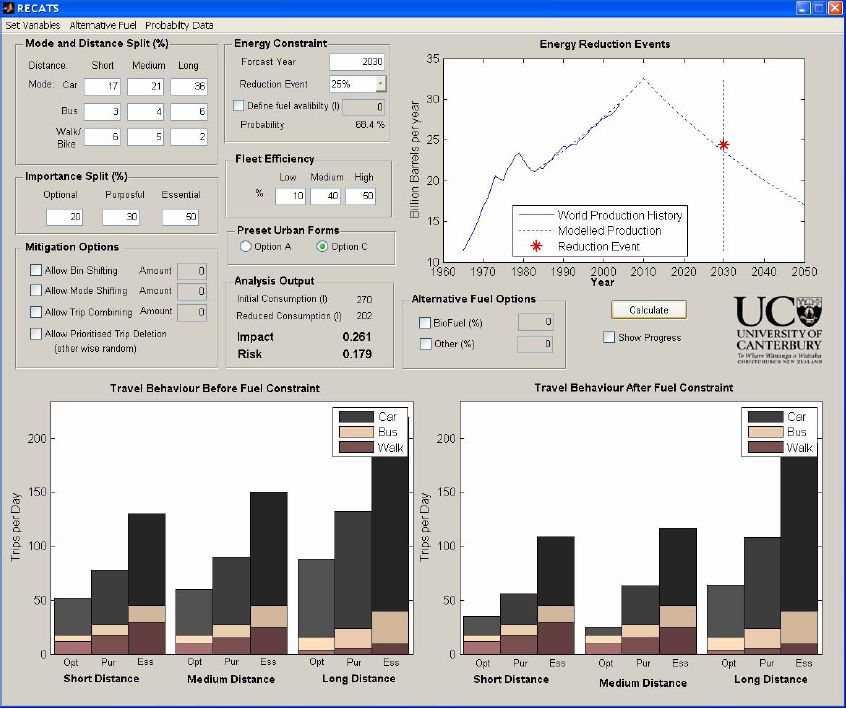 A University of Canterbury research team (Susan Krumdieck, Andre Dantas and Shannon Page) commissioned Traffix (now ViaStrada) for the peer review phase of their LTNZ research project. The topic is fascinating – researching the interaction between energy risk (i.e. oil supply) and urban form.
A University of Canterbury research team (Susan Krumdieck, Andre Dantas and Shannon Page) commissioned Traffix (now ViaStrada) for the peer review phase of their LTNZ research project. The topic is fascinating – researching the interaction between energy risk (i.e. oil supply) and urban form. This paper, from the 2005 NZ Cycling Conference, explores how cyclists can be accommodated at signalised intersections using specific cycle facilities and creating a more cycle-friendly environment by speed control.
This paper, from the 2005 NZ Cycling Conference, explores how cyclists can be accommodated at signalised intersections using specific cycle facilities and creating a more cycle-friendly environment by speed control.